1917 selected standards + Over There
______________________________
Tiger Rag (m. Edwin B. Edwards, Nick La Rocca, Tony Spargo & Larry Shields, w. Harry De Costa)
Darktown Strutters’ Ball (Shelton Brooks)
Livery Stable Blues (Ray Lopez, Alcide Nunez)
Rose Room (Art Hickman, Harry Williams)
For Me and My Gal (m. George W. Meyer, w. Edgar Leslie, E. Ray Goetz)
Over There (George M. Cohan)
Shimme Sha Wabble (Spencer Williams)
Separate feature page:
- Indiana (m. James Hanley, w. Ballard MacDonald)
_____________________________
Tiger Rag (m. Edwin B. Edwards, Nick La Rocca, Tony Spargo & Larry Shields, w. Harry De Costa) – The songwriting credits went to the members of the ODJB. Credit is certainly in dispute as you can see in the brief history by jazzstandards.com here: Tiger Rag.
Original Dixieland Jazz Band – 1917
The band originally formed in 1916. ODJB is credited with being the first to record jazz commercially and to have hit recordings in the new genre, The term in the name was originally “Jass” rather than “Jazz” but the early Victor disc (played in the video below) of Tiger Rag shows it had been been changed to “Jazz” by sometime in 1917.
From Wikipedia:
On March 3, 1916 the musicians began their job at Schiller’s Cafe in Chicago under the name Stein’s Dixie Jass Band. The band was a hit and received offers of higher pay elsewhere. Since Stein as leader was the only musician under contract by name, the rest of the band broke off, sent to New Orleans for drummer Tony Sbarbaro, and on June 5 started playing renamed as The Dixie Jass Band. LaRocca and Nunez had personality conflicts, and on October 30 Tom Brown’s Band and the ODJB mutually agreed to switch clarinetists, bringing Larry Shields into the Original Dixieland Jass Band. The band attracted the attention of theatrical agent Max Hart, who booked the band in New York City. At the start of 1917 the band began an engagement playing for dancing at Reisenweber’s Cafe in Manhattan.
.
Ted Lewis and his Band — Jazz standards reports that he had a hit with the song in 1923 and another in 1927, featuring Sophie Tucker. The version in the video (no Sophie) was issued in late 1926, according to the youtube provider.
.
Louis Armstrong – filmed during the Armstrong band’s 1932 European tour, in Copenhagen
.
Benny Goodman – 1945
The video provider notes:
One of Benny Goodman’s greatest combos was the sextet that he led in 1945. With Red Norvo on vibes, either Teddy Wilson or Mel Powell on piano and the humming bass solos of Slam Stewart, this unit had a lot of personality and yet allowed Goodman to operate throughout as the lead voice. Great swing music from Benny Goodman who is heard throughout at his best.
____________________
Darktown Strutters’ Ball (Shelton Brooks) – 1917
The Original Dixieland Jazz Band – 1917
.
Jimmy Dorsey and his Orchestra – 1949
_____________________
Livery Stable Blues (Ray Lopez, Alcide Nunez) Original Dixieland Jazz Band – “During a time when most New Orleans musicians were unknown nationally, The Original Dixieland Jazz Band hit the charts with Livery Stable Blues. Jazz historians are not often kind to the ODJB, who are painted as pale imitations of the real thing.” – Elliot Simon for allaboutjazz.com
__________________
Rose Room (Art Hickman, Harry Williams) Wikipedia says that the lyricist is unknown and that the tune is usually played as an instrumental. Also,
Duke Ellington is credited [for] popularizing the tune with his 1932 recording. Ellington later used the song’s chord progression in his 1939 composition “In a Mellow Tone”. Rose Room is also the song with which Charlie Christian impressed Benny Goodman in 1939, jamming it solo after solo for 45 minutes with Goodman’s band.
Duke Ellington – 1933
.
The Benny Goodman Sextet – recorded 2 October 1939
.
Barney Bigard with the Art Hodes Quartet – 1968
The provider at dailymotion attaches the following information:
Clarinettist Barney Bigard was a member of the Duke Ellington Orchestra and later played for years with the Louis Armstrong All Stars. Barney plays in the traditional New Orleans sound similar to Omer Simeon, Darnell Howard and Albert Nicholas. This is a session in 1968 from a TV program called Jazz Alley with pianist Art Hodes and his trio.
I just noticed that 3 DVD’s are available via Amazon.com.
Jazz Alley I, II and III
Vodpod videos no longer available..
___________________
For Me and My Gal (m. George W. Meyer, w. Edgar Leslie, E. Ray Goetz)
From the book America’s Songs: The Stories Behind the Songs of Broadway, Hollywood, and Tin Pan Alley (2006) by Philip Furia, Michael L. Lasser, p. 16:
Judy Garland and Gene Kelly in the 1942 film For Me and My Gal. It was Kelly’s film debut after achieving stardom on Broadway in the lead role of Rodgers and Hart’s Pal Joey (1940)
.
Cliff Edwards – 1942
.
Al Jolson – 1948
____________________
Over There(George M. Cohan) Nora Bayes changes the word “yanks” to “sammies” in the refrain the second time around. Enrico Caruso sings “boys” instead of “yanks” in his version which follows those of Billy Murray.
Nora Bayes – date unknown
.
Billy Murray & the American Quartet — 1917
.
With unknown chorus — date unknown
Unlike the American Quartet version, this recording features a drum and bugle introduction, and mixed male and female voices in the refrain.
.
Enrico Caruso – 1918 — The second time through is in Italian, I presume
__________________
Shimme Sha Wabble (Spencer Williams)
New Orleans Rhythm Kings — recorded 13 March 1923
.
(above) McKinney’s Cotton Pickers – 1928 — left to right: Cuba Austin, Prince Robinson, George Thomas, Don Redman, Dave Wilborn, Todd Rhoades, Bob Escudero, seated: John Nesbitt, Claude Jones, Milton Senoir, Langston Curl
McKinney’s Cotton Pickers – under the direction of Don Redman; recorded 12 July 1928 — Don Redman, George Thomas, James Dudley – Alto saxes; Prince Robinson – tenor sax and clarinet; John Nesbitt, Langston Curl – trumpet; Claude Jones – trombone; Todd Rhodes – piano; David Wilbourn – banjo; Ralph Escudaro – tuba; Cuba Austin – drums
Provider bsgs98 says:
This tune was a standard in the band’s library. Don wrote the arrangement on a front porch on Frederick Street in Detroit, opposite a tennis court. Don said that watching the tennis game was relaxing as he worked on this fine old New Orleans stomp tune. The give and take of instruments and the forceful ensemble, bring out all the exuberance of the old tune. Redman himself has a natural joyous way of playing and expresses it here on both baritone and alto saxes.
.
Red Nichols and His Five Pennies – recorded 3 July 1930, New York (Brunswick 80005B)
Personnel: Red Nichols, Ruby Weinstein, Charlie Teagarden – trumpets; Jack Teagarden, Glenn Miller – trombones; Benny Goodman – clarinet; Sid Stoneburn – alto sax; Babe Russin – tenor sax; Joe Sullivan – piano; Teg Brown – guitar; Artie Miller – string bass; Gene Krupa – drums
.
Separate feature page:
- Indiana (m. James Hanley, w. Ballard MacDonald)






















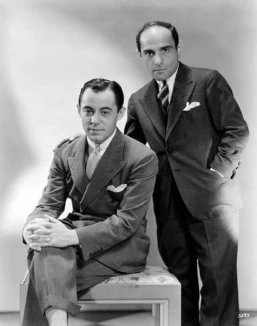

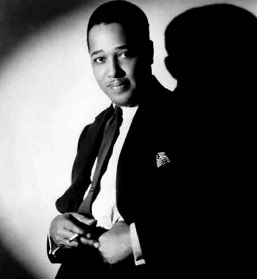


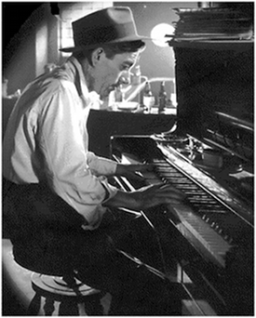
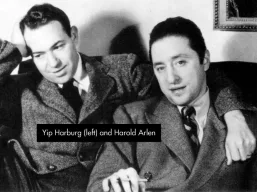




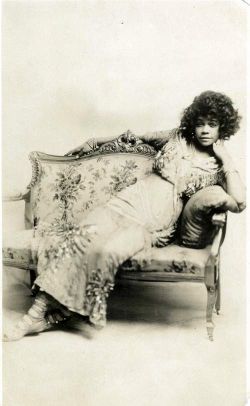










May 25, 2016 @ 09:42:54
Nice website.
LikeLike
May 26, 2016 @ 02:31:48
Thanks, Doctor
LikeLike